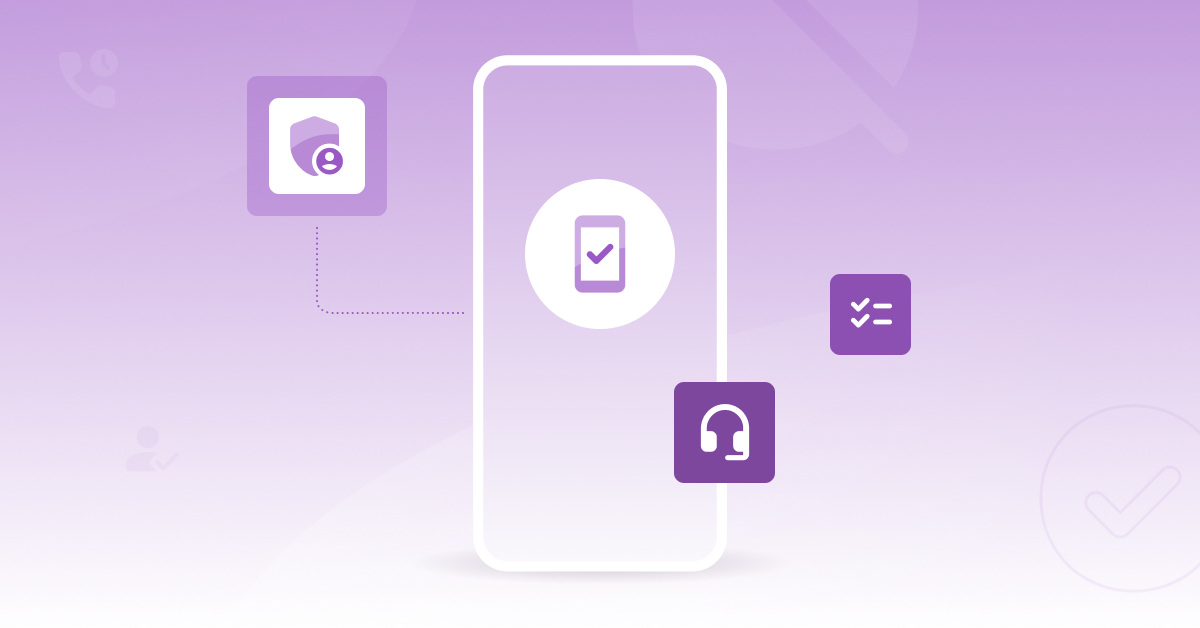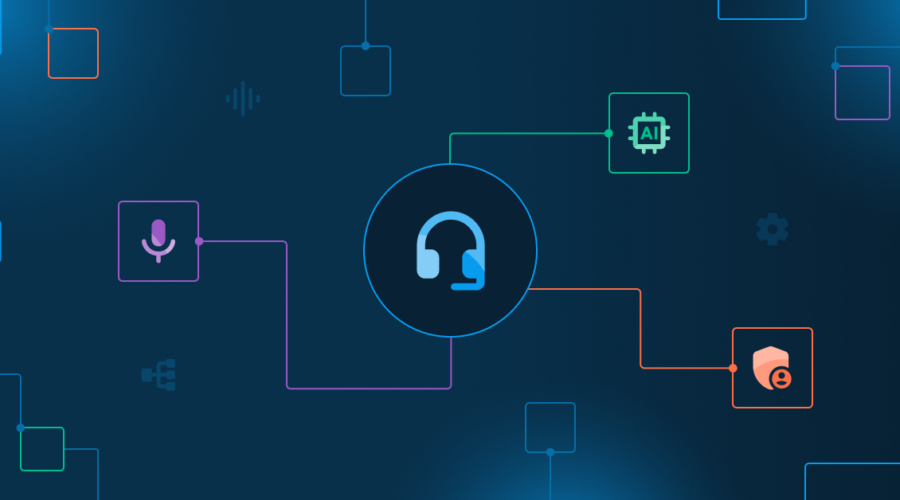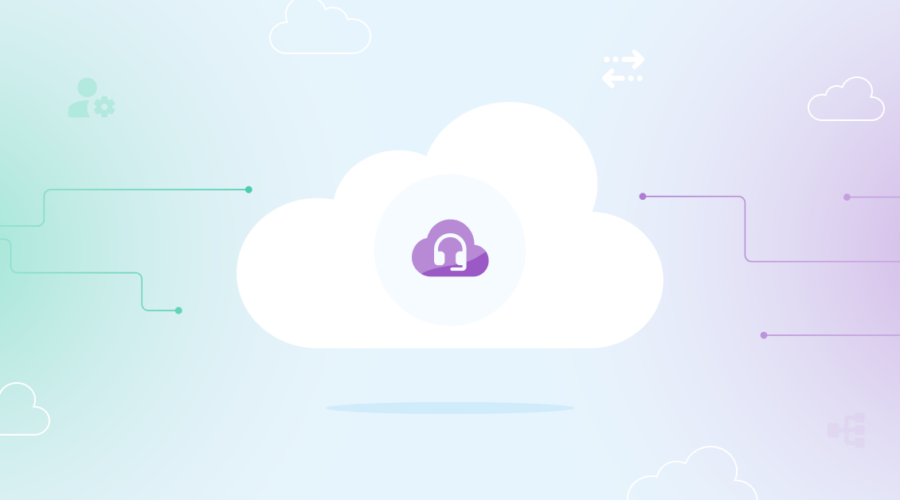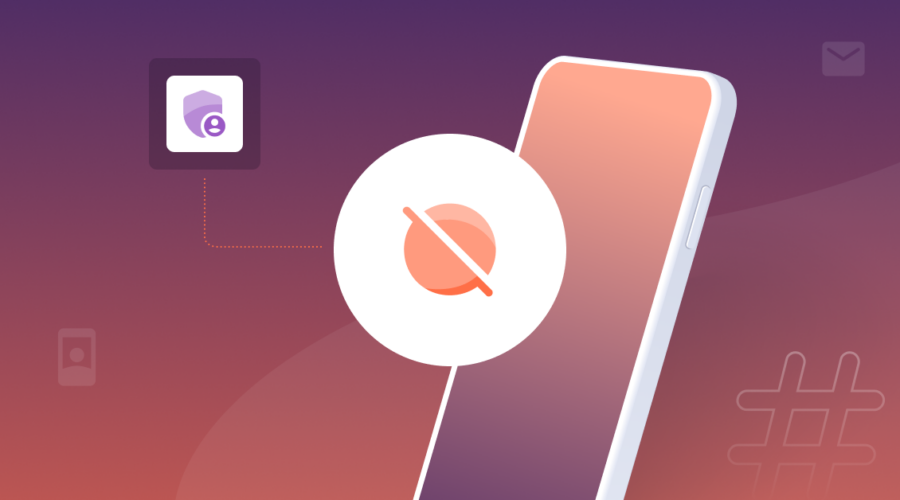An incoming call comes in—your screen displays nothing dubious. Could it be a customer with a question? Or a scammer with a scheme? Either way, you have to answer. But what if picking up means getting scammed? (Decisions, decisions, decisions.) Fraudsters have become so skilled at disguising caller information (aka caller ID spoofing) that it has made us all suspicious of seemingly harmless calls that could be a trap.
Contact centers aren’t immune, either. Caller ID spoofers might try to pull a fast one on your agents using social engineering—a manipulative tactic that plays on human emotions and, at its worst, could lead to significant data compromise and brand damage.
With so much on the line, contact center agents can’t afford to answer every call blindly. That’s where call verification comes in.
What is a verified call?
A verified call is a type of call where the caller’s true identity has been confirmed through a caller authentication process. Authentication methods could include ANI validation, behavioral analysis, voice biometrics, or deep fake detection. It’s an extra layer of security that lets you spot the bad actors from the good and ensures that suspicious calls are routed to the IVR and genuine calls reach your agents—fast.
When calls go unverified, your contact center is more susceptible to scams. But with verified calls, you can create a safer experience that benefits everyone.
What are the benefits of verified calls?
With high-risk calls targeting US contact centers on the rise—a 55% increase from 2022 to 2023—verified calls help detect and prevent cyberattacks from harming your company. And then some more.
1. Reduced risk of fraud
Having calls verified limits your agents’ exposure to sophisticated scams and social engineering ploys. You can breathe a bit easier, knowing those pesky fraudsters who try to trick your agents are less likely to get through.
2. Informed decision-making
86% of contact center employees feel ill-equipped to address customer needs efficiently. Caller authentication solutions provide your agents with vital information that helps them determine how to handle each call and make better decisions with confidence.
3. Improved agent experience
Unhappy agents? It must be the high stress levels which are the leading cause of job dissatisfaction in contact centers. Battling a constant onslaught of fake calls can also undoubtedly take a toll on your agents. Verified calls help lighten their load and give them the mental space to focus on the calls that count.
4. Speedier call resolution
38% of customers expect agents to know them and the context of their query right off the bat. With call verification tools, genuine customers can skip the annoying security questions, and agents can get down to brass tacks, saving everyone around 30 seconds per call.
5. Increased customer trust
Employing a security-first approach shows your customers you have their backs. Verified communication helps build that trust in you, ultimately boosting your brand reputation and bottom line. After all, 61% of consumers have recommended a company they trust to friends or family.
So, how do verified calls work?
Contact centers can use different methods to verify calls, such as ANI validation and fraud risk analysis.
Here’s how it goes down during the call verification process:
- ANI validation checks if the call is coming from the actual device that owns the phone number.
- Fraud risk analysis calculates a fraud score by analyzing the legitimacy of the caller ID and the history of fraudulent activities linked to the number.
After scrutinizing if the incoming callers are really who they say they are, the verified calls are either flagged as suspicious and sent to the IVR or forwarded to the agents for issue resolution. If the supplied information raises any questions, the agents can also assess the need for additional authentication.
Have you read the Enterprise Communications Landscape report yet?
Check out our latest industry research report to keep up with this year’s industry trends.

Call verification is a win-win
Caller ID spoofing has turned phone calls into a high-stakes gamble—your agents never know if they’re about to assist a real customer or fall victim to a scam. Automated caller authentication changes that. Instead of being the first line of defense in a costly game of chance, agents get a hand in knowing who’s calling and filtering out fraud callers before they even say hello.
Simply put, solutions like Call Verification help create more secure and productive interactions.
It’s a win-win situation for both your customers and your call center.




